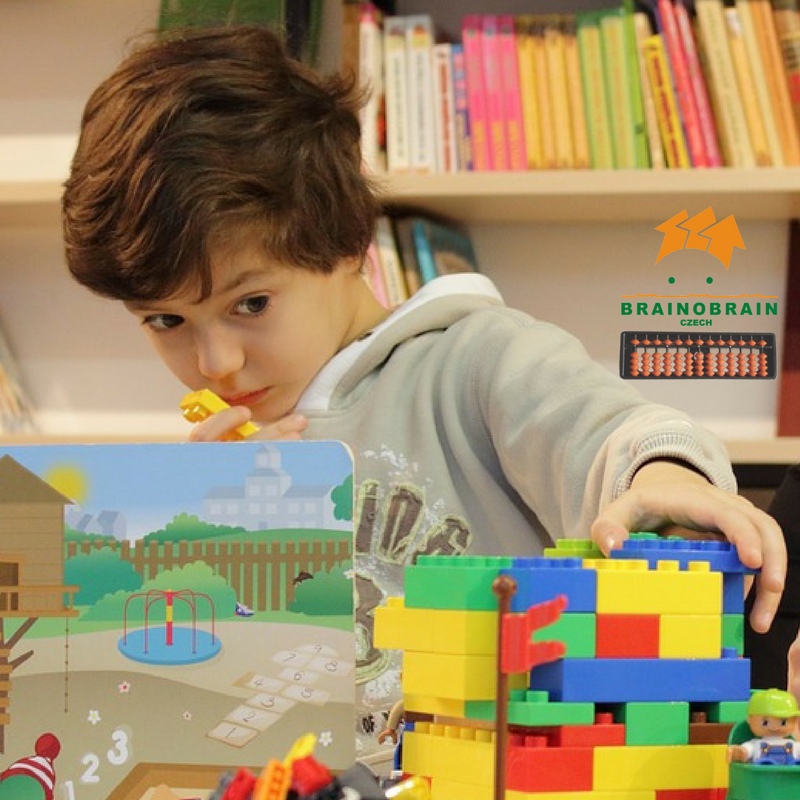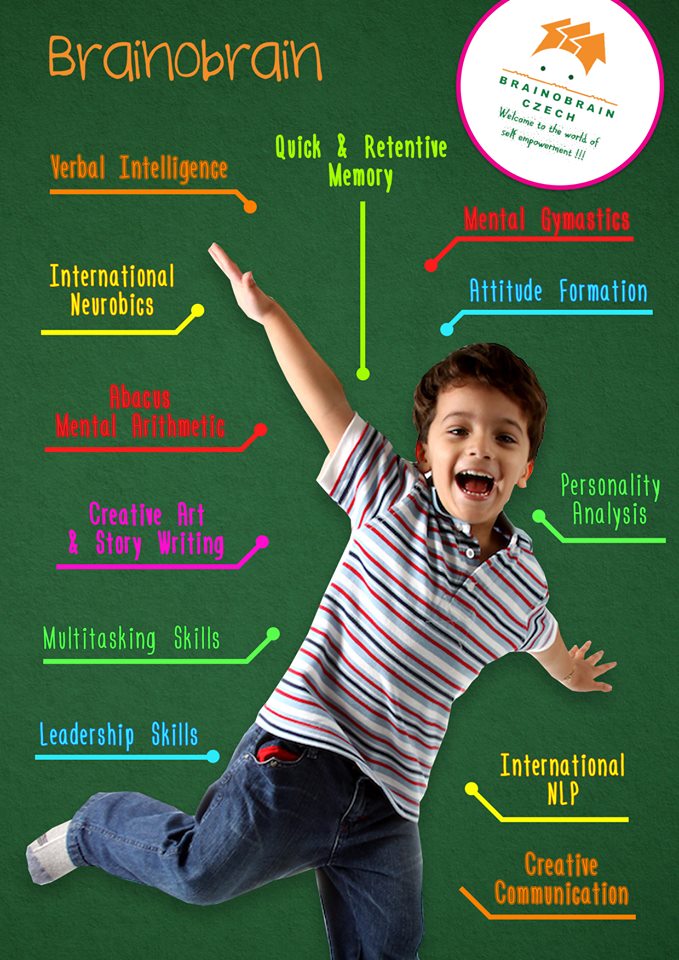When we talk about the operation and function of the brain, is essential to be paid special attention is concentration. Before concentration comes attention which includes openness to what is new, interesting, and motivation and curiosity. Children of school age have scattered attention. Any external stimuli can escape from work and it is very important to ignore peripheral stimuli. The focus is achieved with practice, because children are given homework. To focus attention, children must be free of internal conflicts.
When we talk about the operation and function of the brain, is essential to be paid special attention is concentration. Before concentration comes attention which includes openness to what is new, interesting, and motivation and curiosity. Children of school age have scattered attention. Any external stimuli can escape from work and it is very important to ignore peripheral stimuli. The focus is achieved with practice, because children are given homework. To focus attention, children must be free of internal conflicts.
Unfortunately, children are already at an early age face different conflicts: excessive desire for success, inadequate living conditions, excessive pressure, punishment, lack of love. Concentration rapidly stimulates if the child is motivated. Children need to be physically and mentally healthy, and that purpose is achieved with a proper diet and enough sleep. For example, glucose beverages and confectionery is suitable for physical activity, but not brain. Children have a special need to feel protected and safe and to grow in a healthy environment. Only then you are fully prepared and are interested in acquiring new knowledge.
The traditional school system of education encourages children to compete with each other to achieve success – it often creates children who are not ready to face failure. Parents protest against the majority of technical aids such as computers, mobile phones and other modern equipment instead permit, but limit their use. Using a mobile phone or computer children from an early age using the keyboard, develop skill that helps to quickly master the reading and writing. Children do it during the game, and this game is the best way to gain knowledge.
In order to achieve better concentration to use different techniques to speed of reading and writing; NLP (Neuro linguistic programming) and Brain Gyms techniques (exercises for the brain) – but all these are techniques that you can learn and practice takes time and effort to achieve the goal. Every child is special – some children are dominant in one of these three aspects, and weaker in another aspect. This means that a child gets better information through hearing, and another by touch and sight. Techniques Brain Gyms, mental arithmetic, visualization and VAK learning theory (Visual – Acoustic – Kinesthetic) are techniques that achieve the desired results.
Learning through visualization to create sketches and drawings. What is perceived and practically applied; whether it’s drawing, experiment, or otherwise stayed clear adopted as a permanent value. A lot of children learn best if you can see the process. It is therefore essential reading or work with your hands. It is important to learn to separate the important from the unimportant and not to learn by heart the matter to be defeated but connects.
For better concentration, practice learning the associations with which to connect new information with already known. The biggest trick is perseverance in repetition and practice. Any child or even an adult, has its own internal struggle to beat the inertia that appears at the beginning of each study. To overcome inertia requires effort, action is to encourage inventiveness and creativity.
Children should be weighed and placed in closed systems that do not know or do not like, they should be allowed to discover, explore and lock. We should rejoice in the success of the children, but not excessively. Children should be respected but always keep in mind that a child that looks at things differently, from another perspective, child perception is not as adults.
Concentration can be improved; for example. exercise by looking at item 10 to 15 minutes, crossing the detailed drawings with many details. It should encourage the child’s curiosity and patiently answering endless questions of “why”.
Fun exercise for concentration and attention:
• Describe the object with your eyes closed. Teach your children well to consider the object. Then with closed eyes have such a detailed description. In this way, children can compete with each other (which will remember the details)
• Cross-Motion – exercises that simultaneously activate both hemispheres of the brain and improve coordination of left-right, proper breathing, and mental stamina caused by physical, hearing and sight. Child in alternately touching right knee with left elbow and left knee with right elbow (Brain Gym)
• Didactic games, with a good selection puzzles, puzzle – dominoes with numbers or pictures.
• Classification – for example let the child of a group of toys to allocate only blue toys, making a list of five animals that have similar characteristics to enable the children to help in sorting out the dishes at home, making objects of clay in a specific order, playing cards, chess, checkers, etc.
• Drawings – first simple, and later more complex drawings
• Finding the difference between Lycia similar miniatures, exercise – compared to what has been changed, added or omitted
• Tasks thinking – “When we get to the store …” “What do you need to prepare if you want to go in the tournament,” What to pack to play when we go on vacation, etc ,?
• Inserting words, solving crossword puzzles, to complete the word copying of animals, plants and more.
• Inventing the cautionary tales that encourage confidence.
• Playing in that talk about a man who has exemplary behavior and the child sees as a model.
• Using positive quotes, in order to improve and promote positive thinking.
@ Author Copyright – Children’s Academy “Brainobrain Europe”



